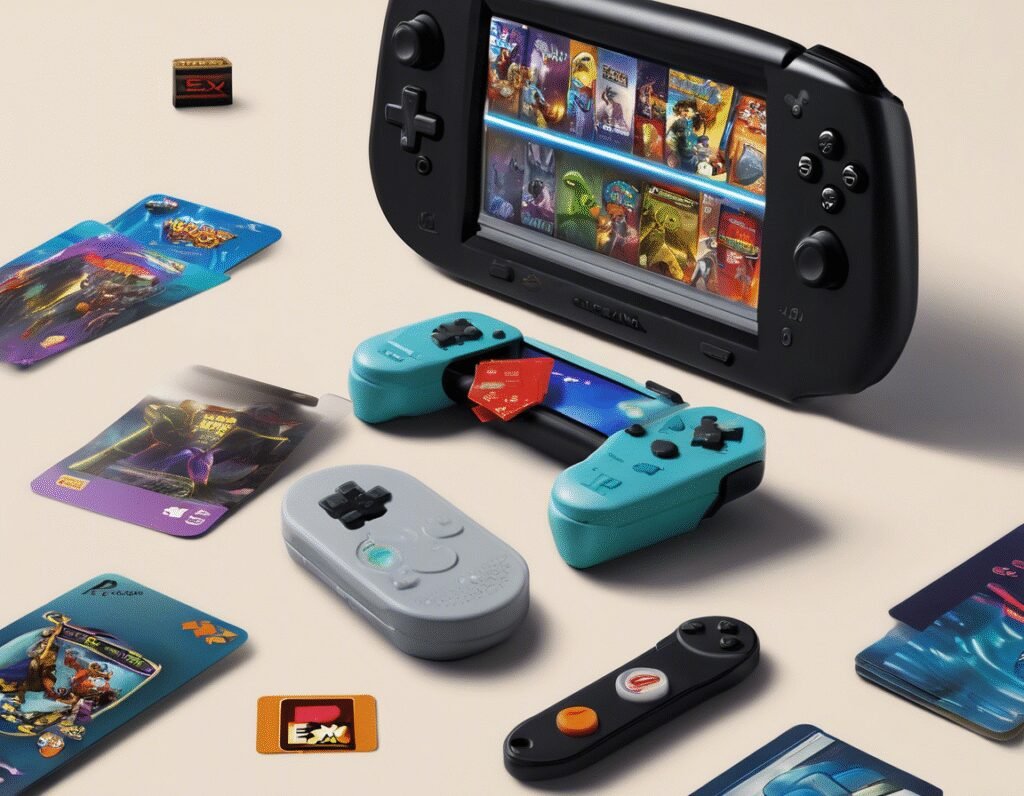Nintendo Switch 2 Storage Guide: Best microSD Express Cards and What to Know
If you just got your hands on the new Nintendo Switch 2, you might already be filling up its 256GB of built-in storage. While that’s a big upgrade over the original Switch and OLED models, modern games like Cyberpunk 2077 (59GB) and Split Fiction (69GB) can eat through that space quickly. To expand storage, you’ll need a microSD Express card—a newer, faster, and pricier option compared to standard microSD cards.
Here’s a breakdown of the best microSD Express cards available for the Switch 2 and why you might want to wait before buying.
Current microSD Express Card Options
Since the Switch 2 is the first mainstream device to require microSD Express, options are still limited. Below are the available models at launch:
128GB
SanDisk microSD Express Card ($54 MSRP)
PNY microSD Express Card ($45 MSRP)
256GB
Samsung microSD Express Card for Nintendo Switch 2 ($60 MSRP)
SanDisk microSD Express Card ($73 MSRP)
Lexar Play Pro ($50 MSRP)
PNY microSD Express Card ($59 MSRP)
GameStop Express microSD Card ($60 MSRP)
Onn microSD Express Card ($36 MSRP)
512GB
Lexar Play Pro ($100 MSRP)
GameStop Express microSD Card ($100 MSRP)
Onn microSD Express Card ($66 MSRP)
1TB
Lexar Play Pro ($200 MSRP)
GameStop Express microSD Card ($190 MSRP)
Nintendo says the Switch 2 supports cards up to 2TB, but no models beyond 1TB are available yet. Stock is still limited, especially for higher capacities, and prices may fluctuate.
Performance and Testing
SanDisk’s microSD Express card leads in sequential read speeds (up to 899 MB/s), while the Lexar Play Pro is faster for writes (up to 720 MB/s). Both perform similarly in random operations, meaning they should handle large games well. However, real-world performance on the Switch 2 is still being tested.
If past trends hold, the Switch 2 may not show major differences between microSD Express cards once they hit a certain speed threshold. That means the best choice could simply be the most affordable option from a trusted brand.
Why You Might Want to Wait
Prices for microSD Express cards are high right now due to limited availability. As more cards enter the market, costs should drop. If you can, try using the Switch 2’s built-in 256GB first and wait for better deals. But if you need extra space now, the cards listed above should work well.
What Makes microSD Express Different?
Standard microSD cards use UHS-I, UHS-II, or UHS-III standards, with UHS-I being the most common. These cards max out at around 104 MB/s, which was fine for the original Switch but isn’t enough for the Switch 2’s more demanding games.
microSD Express uses PCIe/NVMe technology—the same as modern SSDs—to deliver much faster speeds, with a theoretical max of 985 MB/s. While real-world speeds are lower, they’re still a big improvement over UHS-I cards.
The downside? microSD Express isn’t backward compatible with UHS-II devices, so you’ll only get UHS-I speeds on non-Switch 2 hardware unless you buy a specialized reader.
Final Thoughts
The Switch 2’s improved performance demands faster storage, and microSD Express delivers. While current options are expensive, they’re necessary for running modern games smoothly. If you can hold off, prices will likely improve. But if you need space now, any of the cards listed here should work. Just look for the EX logo to ensure compatibility.


